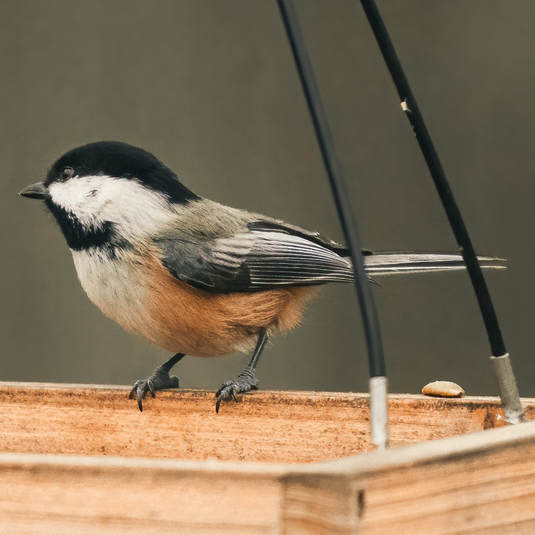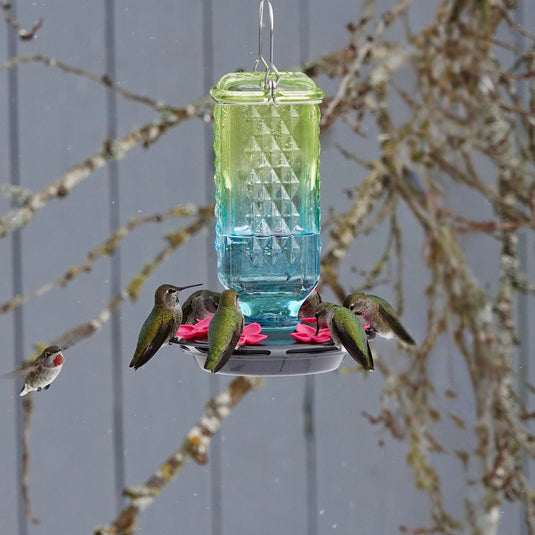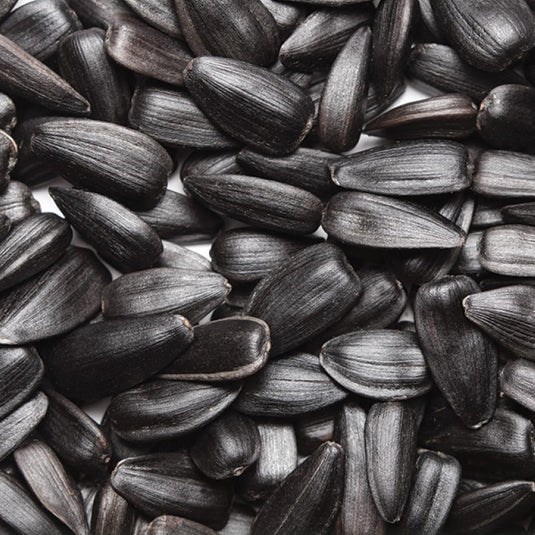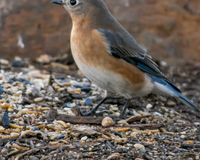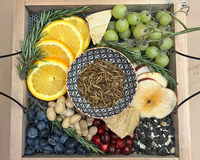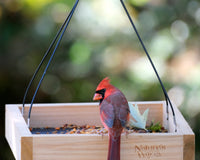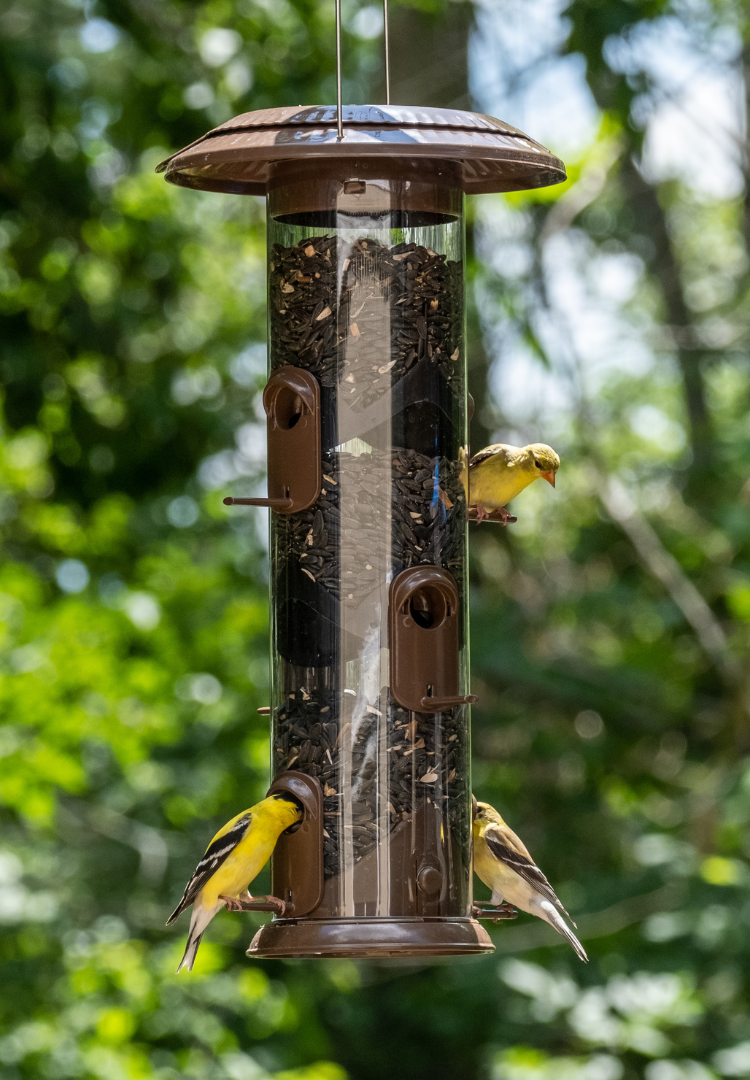Popular articles
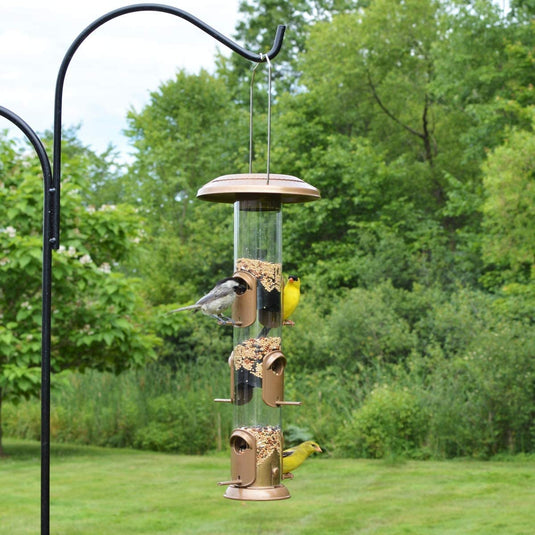
How to hang a bird feeder
If you’re looking for the best location to hang your bird feeder, setting up your first bird feeder, or adding a new bird feeder to your bird feeding station, these bird feeder hanging ideas will set you up for success!
Blog
-
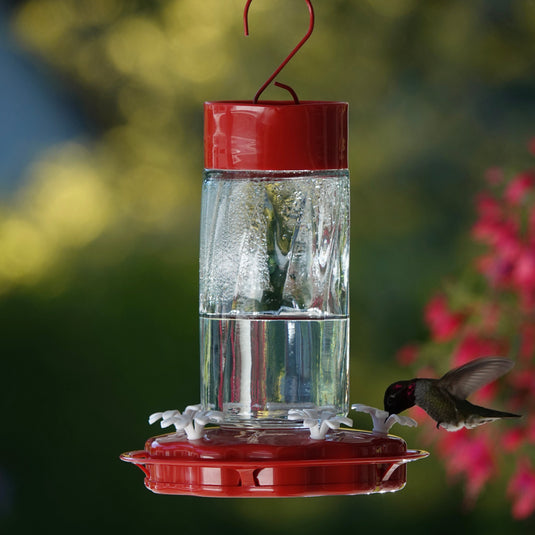
Hummingbird nectar 101: Everything you need to know about feeding hummingbirds safely
Pictured: Anna’s Hummingbird feeding from Scarlet Swirl Gravity Hummingbird Feeder Want to attract more hummingbirds to your yard? The secret is simple: offer fresh, homemade hummingbird nectar made with just sugar... -
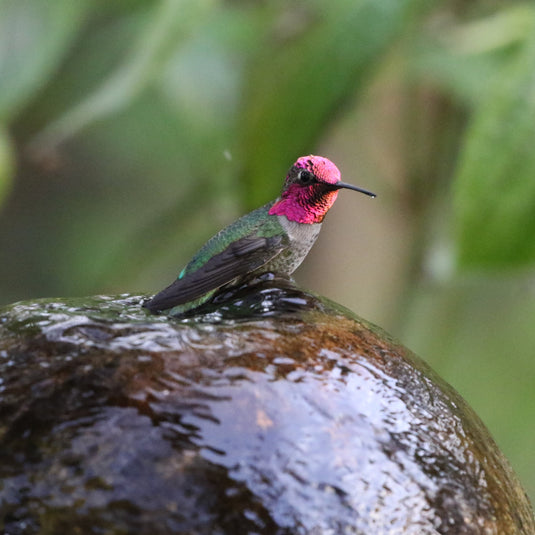
10 interesting facts about hummingbird behavior
Hummingbirds have captivated hearts and fascinated birders for as long as they’ve been around! Their incredibly quick flight pattern, cute chirping sounds, and sometimes questionable behavior have us oohing, aahing,... -
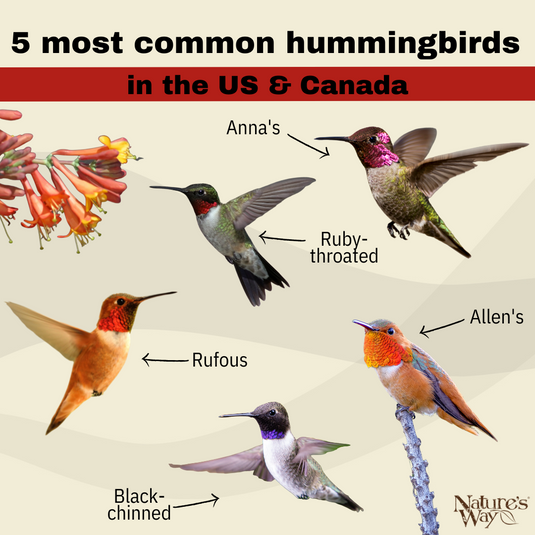
5 most common hummingbirds in the US and Canada
There are over 330 species of hummingbirds found in the world, but less than two dozen of them are common enough to be found in the US and Canada. Because... -
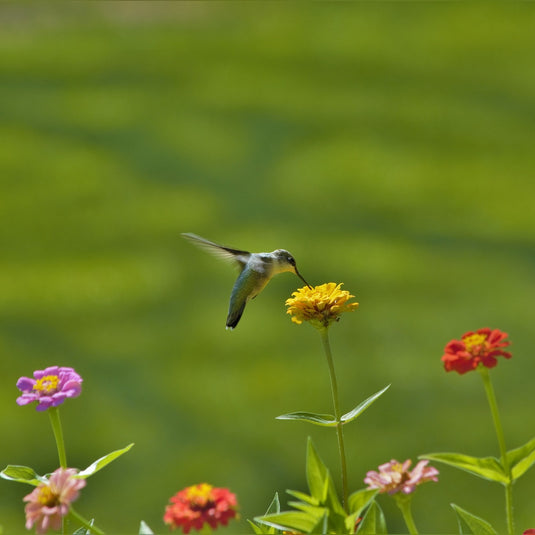
10 plants that attract hummingbirds
Hummingbirds are one of the backyard birder’s most coveted visitors! With their brilliant plumage and dazzling flight patterns, it’s no wonder that we try our hardest to attract more hummingbirds... -
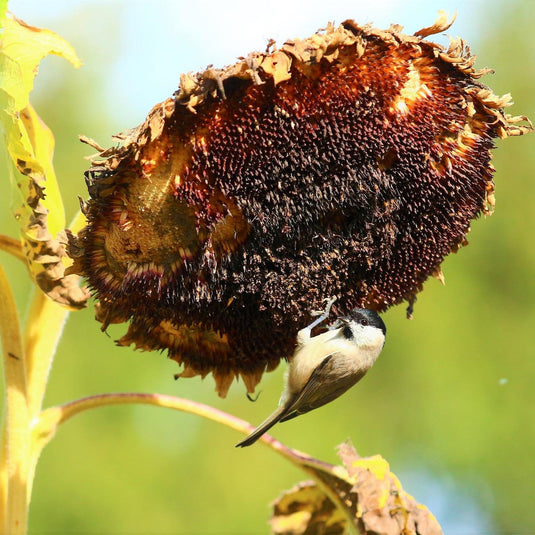
12 plants that attract wild birds
Looking for more ways to make your yard an oasis for birds and wildlife? With the right plants, you can provide seeds, nectar, insects, nesting materials, and shelter for your... -
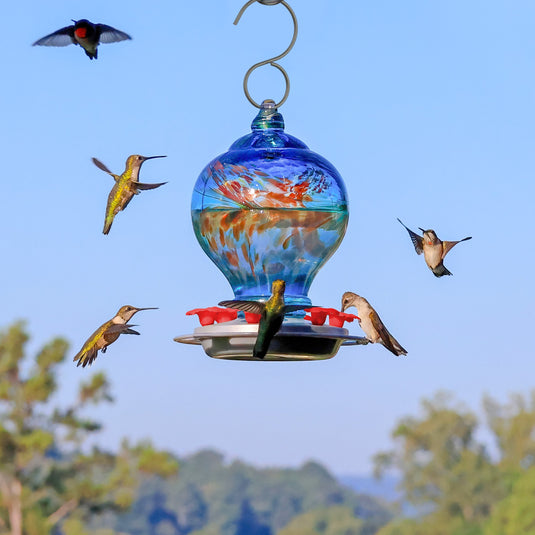
How to attract hummingbirds
With their brilliantly colored feathers and captivating flight patterns, hummingbirds are arguably the most coveted wild bird in North America. Even the briefest hummingbird visits bring joy and delight to... -
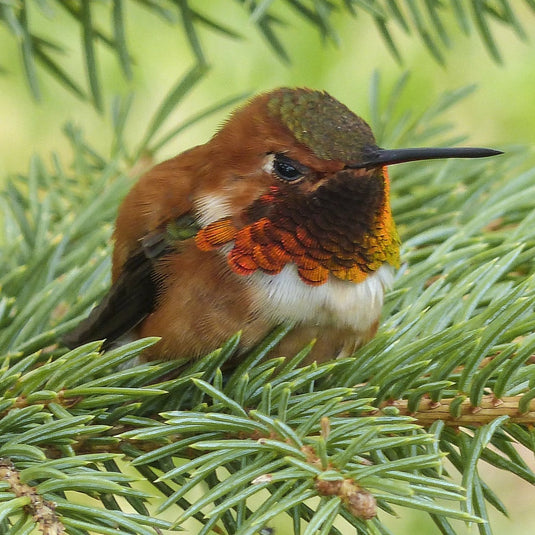
Bird Feature: Allen's Hummingbird
Identifying Allen's Hummingbirds: Allen's hummingbirds are rust orange and green all over. Adult males have a rust colored tail, eye patch and belly with a deep red-orange throat. Immature males... -
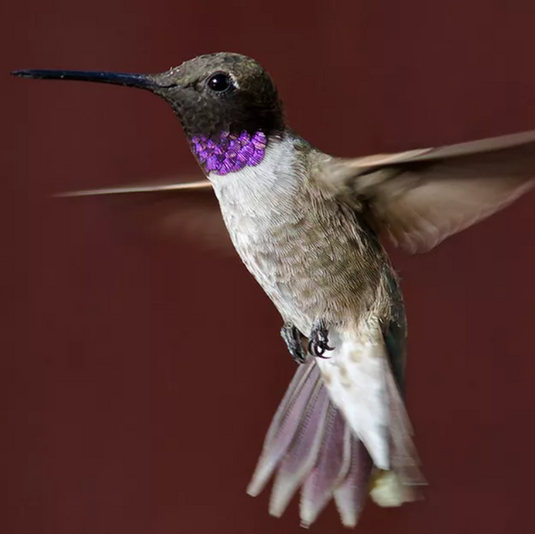
Bird Feature: Black-chinned Hummingbird
Identifying Black-chinned Hummingbirds: These quick little birds are a dull metallic green on the back of the head down to the tail. While both male and female have a grey-white underside,... -
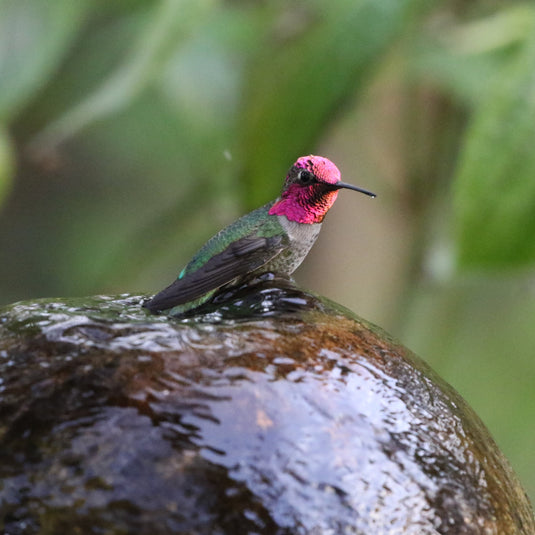
Bird Feature: Anna's Hummingbird
Identifying Anna's Hummingbirds: At just under 4 inches in length, Anna's hummingbirds are small in comparison to other birds but in the hummingbird realm they are medium-sized and somewhat stocky.... -
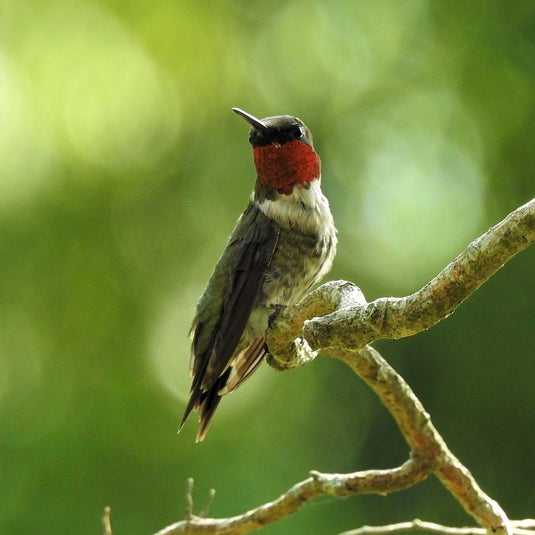
Bird Feature: Ruby-throated Hummingbird
Identifying Ruby-Throated Hummingbirds: Beating their wings on average 53 times per second, these quick little birds are a bright emerald green on the back of the head down to the... -
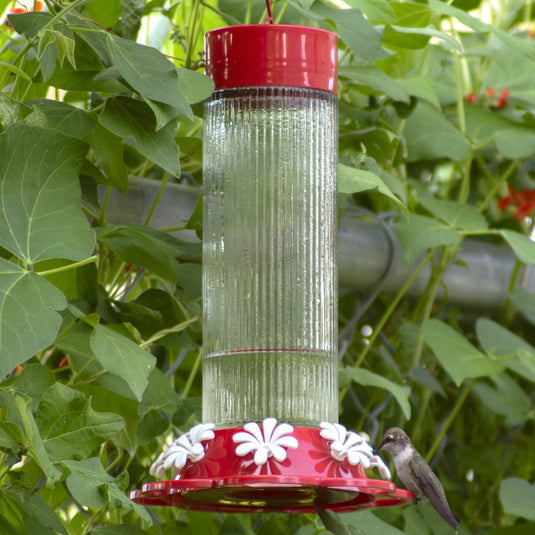
-
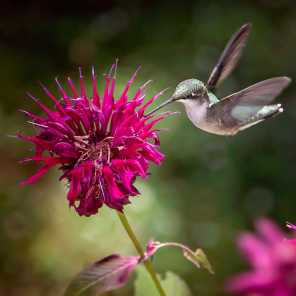
What colors are hummingbirds attracted to?
With their iridescent feathers and shimmering wings, hummingbirds bring quick bursts of color into our backyards! Many of us look for brightly colored flowers and feeders when trying to attract...

